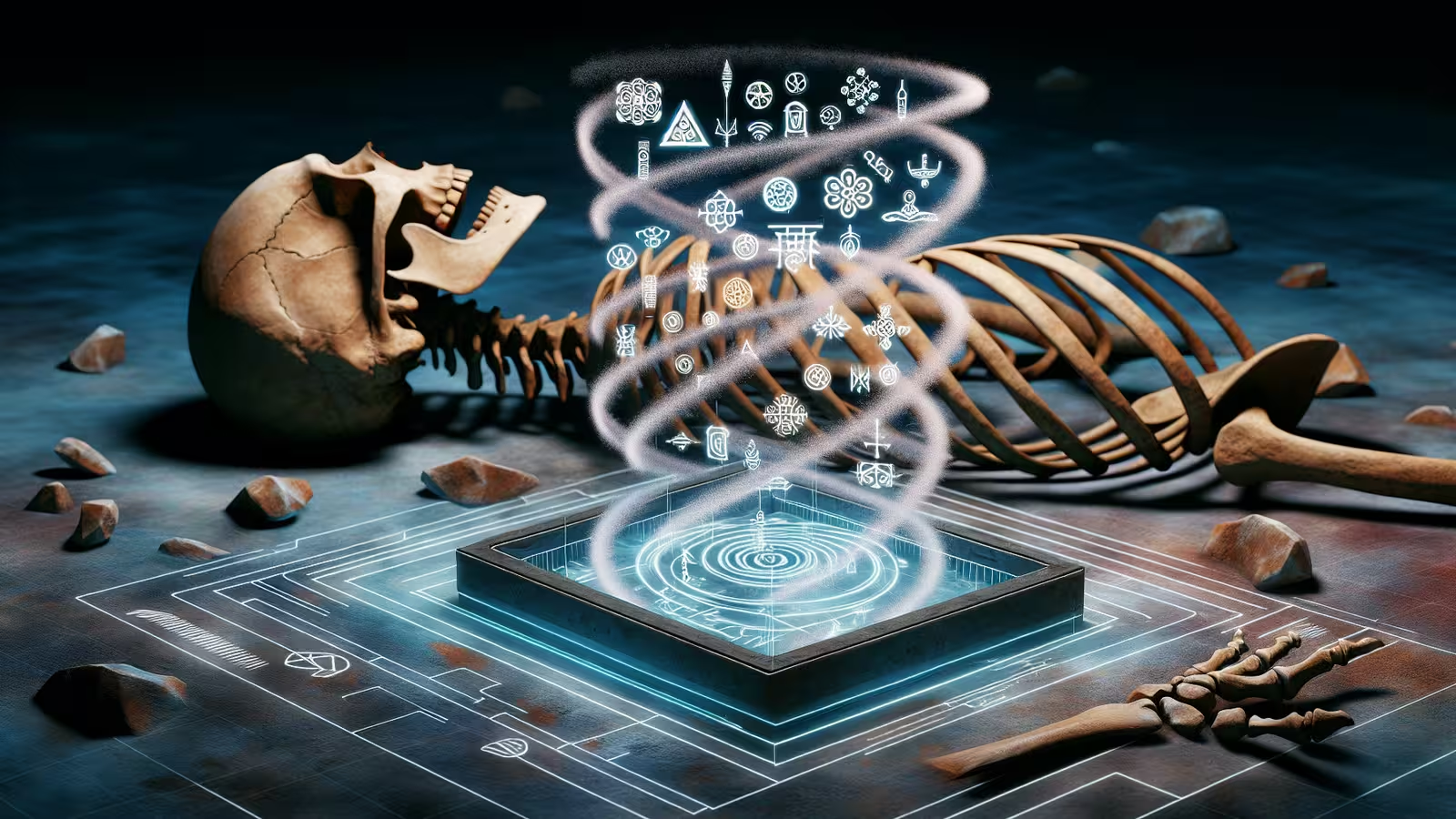4 Minutes
Uncovering the Genetic Secrets of the Tibetan Plateau
A groundbreaking genetic study has revealed the existence of a mysterious "ghost lineage" in the ancient ancestry of Tibetan populations. Through advanced DNA analysis of a 7,100-year-old skeleton discovered at the Xingyi archaeological site in Yunnan Province, China, scientists have unearthed new insights that could reshape our understanding of human migrations across East and Southeast Asia.
The Discovery at Xingyi: A Window into Prehistoric Asia
The Xingyi site, located at the vital crossroads of southern China, Southeast Asia, and the Tibetan Plateau, has long intrigued archaeologists. Here, a team led by paleoanthropologist Tianyi Wang focused on a skeleton of a woman interred in a tightly flexed position—an Early Neolithic burial practice. Slightly older than other remains at the same site, this individual’s well-preserved DNA proved critical for tracing human genetic history.
Exceptional DNA Preservation and Radiocarbon Dating
Ancient DNA is notoriously fragile, with time and environmental factors often fragmenting genetic material. However, the Xingyi skeleton’s bones enabled researchers to extract sufficient genetic data for comprehensive analysis. Radiocarbon dating confirmed that this woman lived approximately 7,100 years ago, making her one of the oldest known individuals from the region.
A Ghost Lineage: Unparalleled Ancestral Insight
Through genomic sequencing, researchers identified a unique genetic lineage deeply divergent from other ancient East Asian populations. This "ghost lineage" appears ancestral to present-day Tibetans but remains genetically distinct from known ancient groups in East and Southeast Asia. The precise point at which this lineage branched off from other East Asian ancestries is still uncertain, but evidence suggests it occurred over 40,000 years ago.
Contextualizing Early Human Migrations
Yunnan's geographic position as a migratory nexus likely facilitated the genetic diversity seen in the region. Previous studies have found evidence of East Asian ancestry on the Tibetan Plateau derived from both the Yellow River Valley and the Amur River Valley. However, neither population traces back to the ghost lineage identified in the Xingyi remains. This discovery emphasizes the complex web of early human migration and interaction that shaped contemporary populations.
Connecting the Past to Present-Day Tibet
The unique ancestry observed in the Xingyi skeleton has profound implications for our understanding of Tibetan origins and adaptation. Prior hypotheses proposed that high-altitude Tibetan groups owe some of their genetic resilience to archaic hominins, specifically Denisovans, cited for their presence on the Tibetan Plateau and genetic traces found in modern Tibetans. Others have suggested links to Paleolithic Eurasian groups. Despite these theories, the "ghost lineage" revealed in this recent study is unmatched in any previously known sample.
In the words of Wang and her colleagues, writing in Science Advances, “Some have suggested an archaic origin due to high frequencies of a Denisovan [lineage] in Tibetan populations and the physical presence of Denisovans on the plateau. Others have proposed a modern origin related to Paleolithic Eurasians, including an early Asian lineage.” Yet, this newly identified ancestry stands apart, representing a second, deeply diverged Asian population that left a lasting mark on both ancient and modern Tibetan DNA.
The Quest to Trace Human Origins Continues
The study also highlights the limitations in current archaeological genetic sampling, particularly in southern China and regions bridging East Asia with Southeast Asia. The transitions from nomadic hunter-gatherer societies to agricultural communities in these zones likely drove complex migratory events, but the full genetic implications remain elusive without broader datasets. The findings suggest that additional ancient populations, potentially hiding in unsampled archaeological sites, played vital roles in shaping the genetic landscape of Asia.
Interestingly, the researchers note that archaeological sites like the Xiaodong rock shelter in Yunnan—showing an uninterrupted 43,500-year record of human activity—may help connect the dots between these deeply separated ancestral lineages and modern populations living across Asia today.
Conclusion
The analysis of DNA from a 7,100-year-old skeleton in Yunnan has uncovered a mysterious ghost lineage in Tibet’s ancestral past, rewriting parts of the region’s genetic history. This enigmatic genetic signature, unmatched by any other known group, underscores the intricate migrations and evolutionary history that ultimately gave rise to today's diverse East Asian populations. As researchers continue to analyze ancient remains and expand the genetic record, future discoveries promise to further illuminate the dynamic story of human origins in Asia.
Source: popularmechanics



Comments